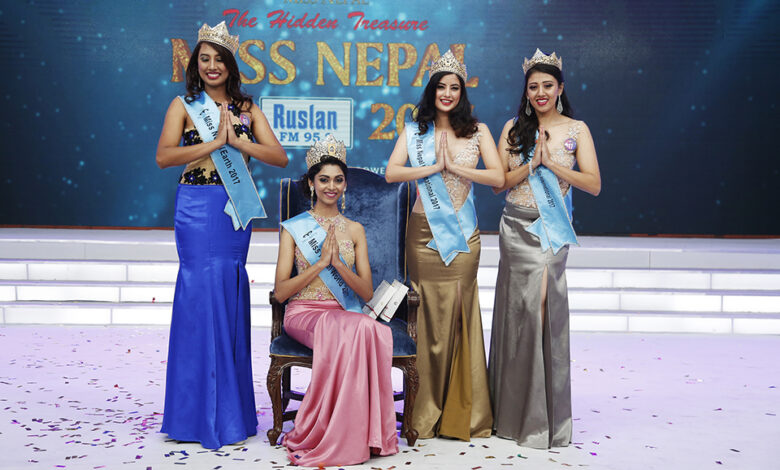Changing Face of Beauty Pageants in Nepal – myRepublica – The New York Times Partner, Latest news of Nepal in English, Latest News Articles

Originating in the USA in 1880 as a beauty contest and formalized as a beauty pageant in 1921 by the merchants of New Jersey to prolong the tourist season at a seaside resort, beauty pageants have now become a global phenomenon. Often described as a platform that combines “beauty and brains,” these pageants evoke diverse opinions. Many praise them for promoting holistic development and providing exposure to participants, while others criticise them as commercial ventures exploiting femininity.
Although beauty pageants were introduced in neighbouring India in the 1950s, Nepal did not host its first until 1994. Riding the wave of fashion shows at the time, these events brought a fresh approach to the country. The integration of intellect and personality alongside glamour contributed to their early success.
Alongside acclaim, pageants faced significant backlash. Leftist groups criticised them for commercialising womanhood, while right-leaning factions accused them of eroding traditional values and promoting Western culture. Leftist women leaders, particularly from Nepal’s Communist parties, organised protests, sometimes leading to violent demonstrations.
Critics argued that pageants lacked inclusivity, primarily attracting highly educated women from well-off families in Kathmandu. Feminist and rights activists questioned whether such platforms provided genuine empowerment. Following strong protests by the Maoist party in August 2008, Miss Nepal, the country’s premier beauty pageant organised by The Hidden Treasure, was postponed.
Related story
Govt urged to ban beauty pageants in Nepal
Concerns also arose over unrealistic beauty standards. According to Hidden Treasure’s official website, participants must meet criteria including a minimum height of 5’3” (without heels) and no tattoos—requirements aligned with Miss World. Critics argue that such standards limit participation and reinforce conventional notions of attractiveness, raising questions about fair representation.
Rashi Aryal, a recent high school graduate with an interest in sociology, comments: “I believe they give an impression of being empowering but continue the tradition of judging women based on physical appearance. Despite efforts to focus on personality and intelligence, the criteria remain vague.” She compares the pageants to “white liberal feminism,” asserting that incremental reforms within patriarchal frameworks are insufficient for radical women’s empowerment.
Financial constraints further restrict participation. While some high-profile pageants provide sponsorships, contestants often bear substantial personal expenses from auditions to final performances. This limits opportunities for aspiring participants from less affluent backgrounds.
Despite criticism, beauty pageants can offer a platform for humanitarian causes. The “Beauty with a Purpose” (BWAP) initiative by Miss World, established in 1971 by Julia Morley, recognises contestants with significant charitable projects. In 2019, Miss Nepal Anushka Shrestha won the BWAP title for her project Souls of Solsing, which empowered residents of a remote Tamang village 70 km from the capital through education, women’s economic development, and health initiatives. This exemplifies how pageants can evolve beyond superficial judgement and create tangible social impact.
Senior journalist Narayan Amrit, who has written extensively on art and culture since the 1990s, notes that Nepal’s political changes in 1990 laid the groundwork for such activities. He observes that while pageants have evolved, they have not been without controversy. Support from media, corporate sponsors, and social media has expanded their reach, reflecting societal shifts, market influence, and the role of a competitive economy.
Beyond national exposure, pageants foster personal growth. Participants develop confidence, articulation, communication skills, and the ability to perform under pressure. Shruti Maharjan, Miss Intellectual 2025, shares: “The experience helped me understand myself better, recognise my strengths and weaknesses, and enhance my soft skills. Safety and health measures were well maintained, and challenges were never significant.”
Beauty pageants in Nepal have therefore transitioned from mere displays of glamour to platforms promoting personal development, social awareness, and professional opportunities in arts and entertainment.
The author is a BA Economics student at Kathmandu University.
Source link




